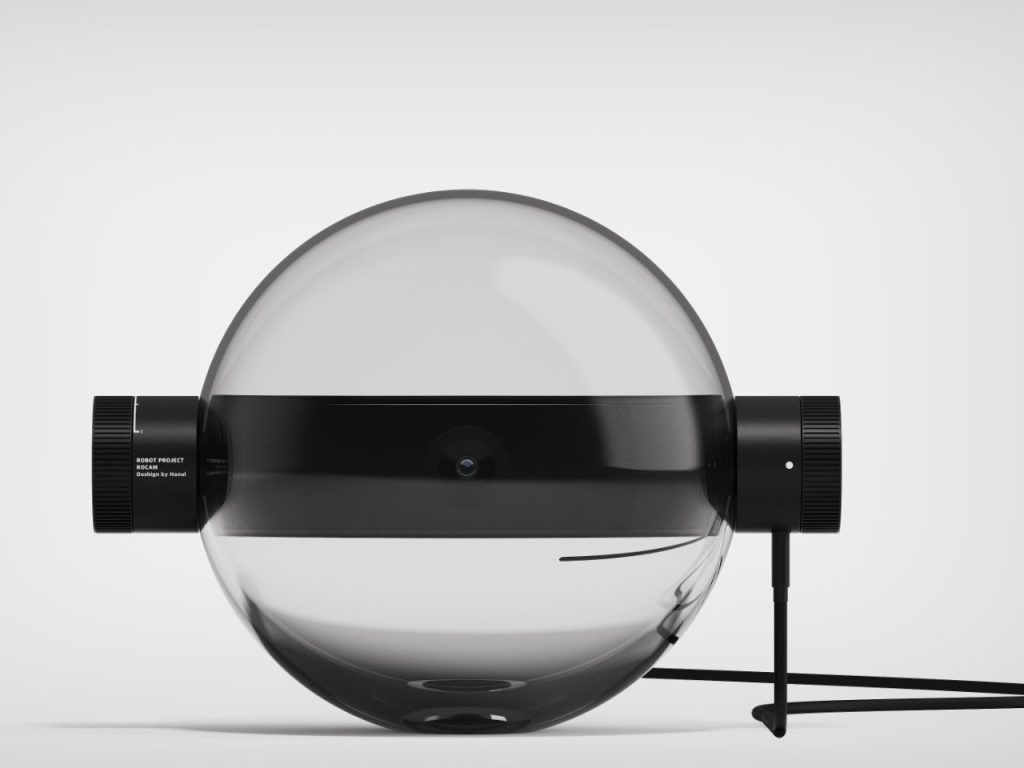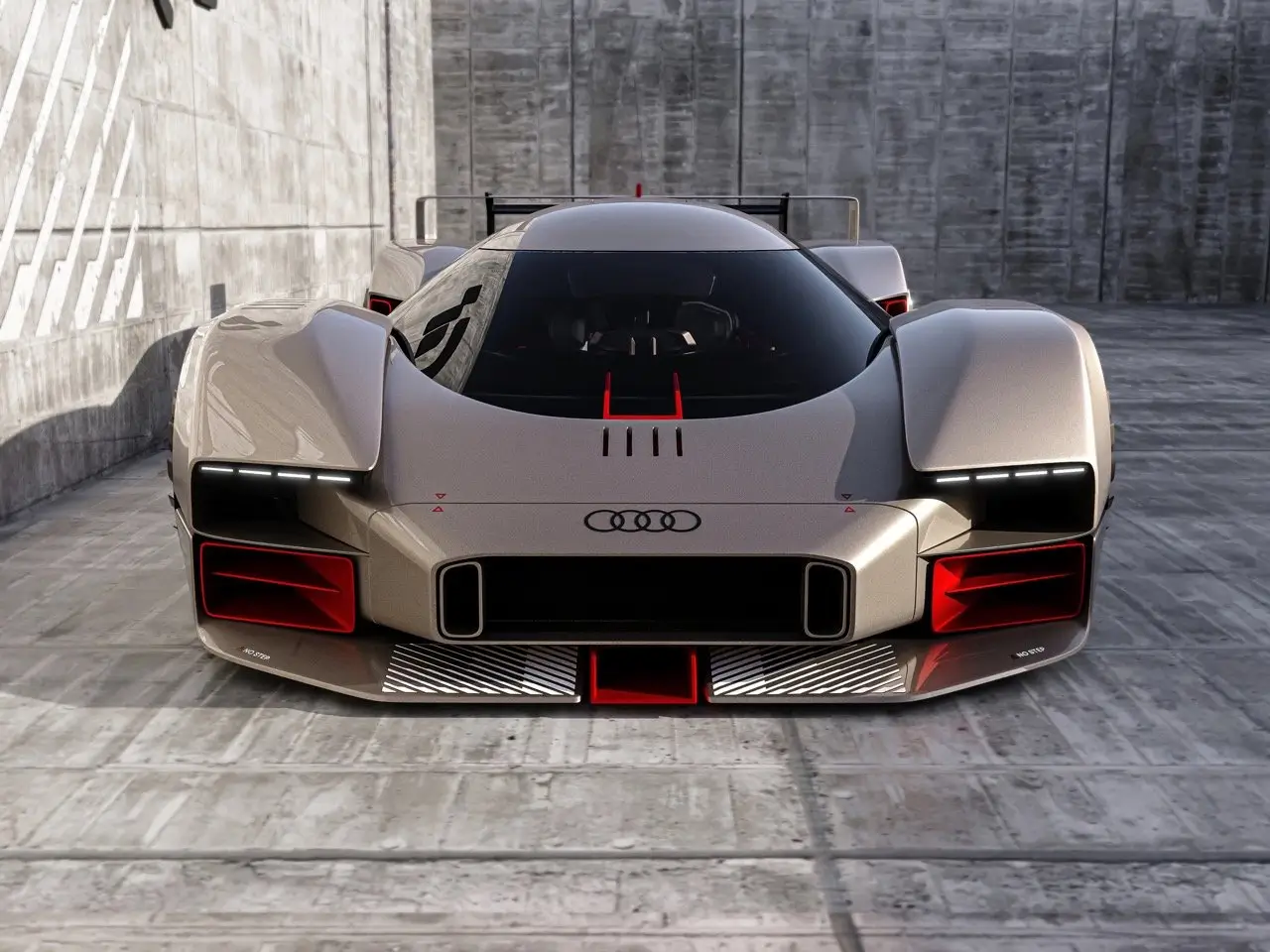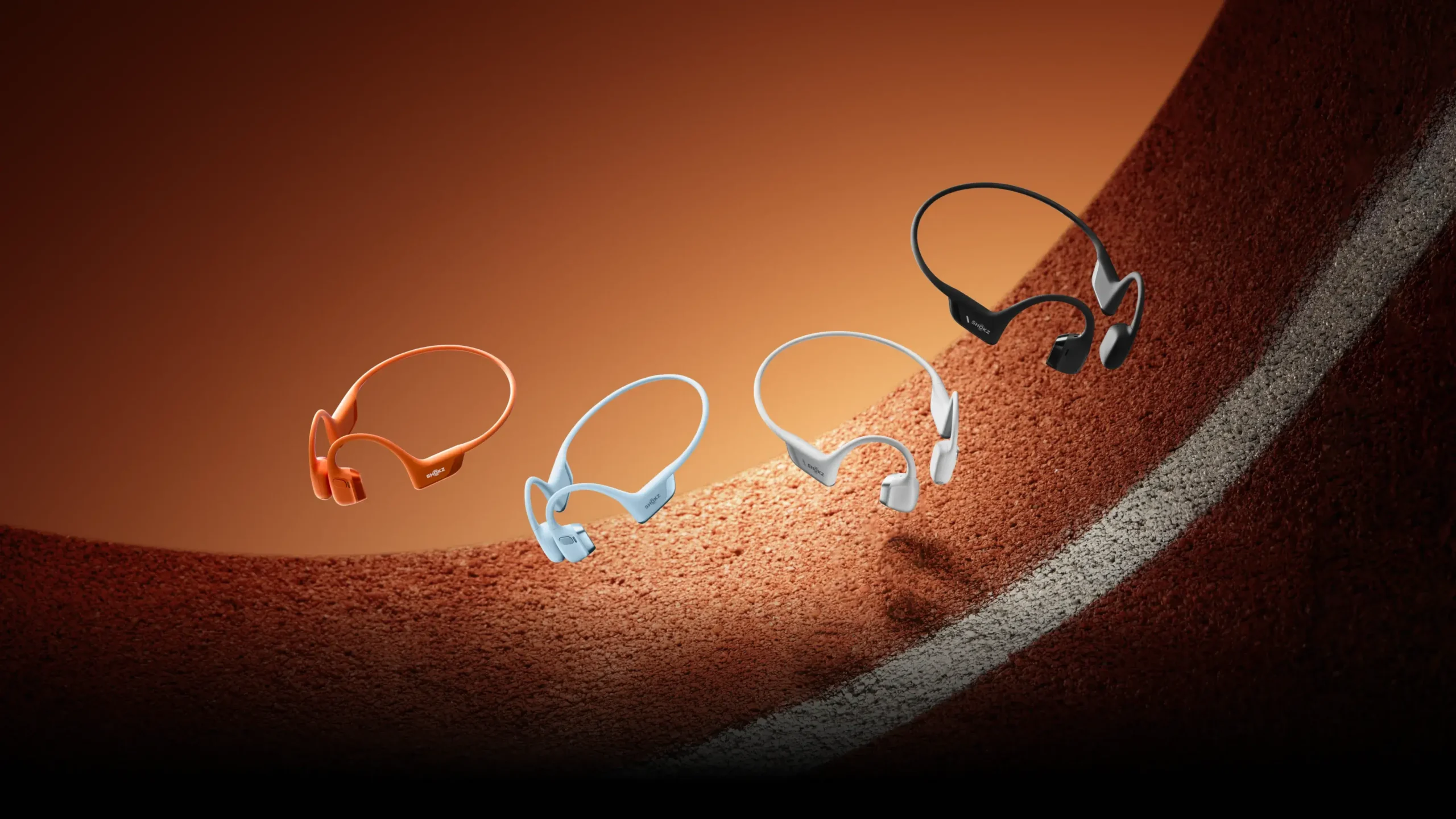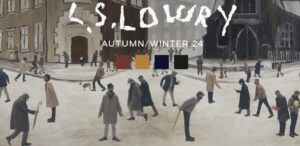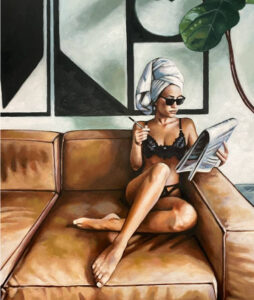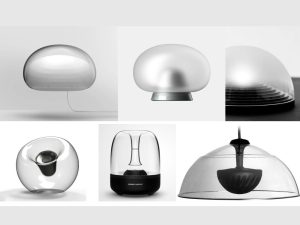
In the modern urban landscape, security cameras are an omnipresent force. Mounted high above sidewalks, perched discreetly in the corners of buildings, and hidden behind tinted domes in stores, they serve as the silent watchers of our daily lives. But while these devices are vital for safety and monitoring, their aesthetic impression on the environment has always been an afterthought—if considered at all. The traditional security camera is utilitarian in form and function, designed to be unnoticed or, paradoxically, intimidating. In many ways, it symbolizes authority and surveillance rather than security and peace of mind.
Enter Hanwool Park, a visionary designer who dares to challenge this long-held design orthodoxy with his revolutionary concept called “Blur.” Instead of concealing surveillance technology or making it overtly mechanical and harsh, Park proposes a radically different approach: turn it into an object of beauty, an element of architectural art that invites curiosity rather than suspicion.
From Surveillance Apparatus to Sculptural Statement
At first glance, the Blur security camera resembles a contemporary art installation more than a high-tech piece of surveillance equipment. Its primary structure—a flawless glass sphere—immediately captivates with its purity and elegance. The camera mechanism is enclosed within this orb, suspended almost like a floating eye in a serene crystal ball. This departure from harsh lines and industrial materials toward a soft, organic form fundamentally redefines the camera’s role within its environment.
Park’s design speaks to the intersection of technology and design philosophy. Instead of making the camera an object to be hidden or feared, Blur encourages it to be a visible, celebrated part of the architectural narrative. The use of glass and smooth curves introduces an element of transparency, subtly suggesting openness and honesty—an interesting counter-narrative to the often opaque nature of surveillance.
A New Language of Transparency
The glass sphere in Blur is more than a stylistic choice; it’s a symbolic and functional innovation. By encasing the camera in transparent glass, Park emphasizes the importance of clarity and trust in surveillance. This is a marked contrast to traditional cameras with dark, mirrored domes that obscure their direction and presence, often creating a sense of unease among passersby.
Transparency in Blur fosters a sense of mutual understanding. Just as one can see the camera inside the orb, there’s an implied agreement: the camera is there, visible and acknowledged. This approach promotes a form of social contract between those being watched and those watching, reducing the psychological tension often associated with constant observation.
Functionality Meets Form
Beyond its striking aesthetics, Blur doesn’t compromise on functionality. The camera is housed within a sleek black mounting system that is minimal yet highly adjustable. This stand allows the sphere to pivot and rotate, offering comprehensive coverage of its surroundings. The design cleverly integrates necessary mechanical elements without detracting from the overall minimalist aesthetic.
Moreover, the spherical form offers practical advantages. The seamless surface minimizes blind spots and reflections, ensuring that the camera lens operates at optimal efficiency. The spherical shape can also withstand environmental elements better, potentially offering protection against dust and minor impacts.
Blurring the Lines Between Technology and Art
What makes Blur truly revolutionary is its ability to blur—quite literally and figuratively—the boundaries between object and art, surveillance and sculpture. In a world increasingly populated by technology, the visual and emotional impression of devices matters more than ever. Hanwool Park taps into this cultural moment by transforming a device associated with control into something poetic and contemplative.
Blur can inhabit public spaces without creating an atmosphere of fear. Imagine it installed in a museum, a boutique hotel lobby, or a high-end retail store. Instead of detracting from the space, it becomes an element of design to admire, a conversation starter rather than an ominous presence in the corner.
The Philosophy Behind Blur
Park’s philosophy for Blur is deeply rooted in human-centered design. Rather than focusing solely on the technical prowess of the camera, he prioritizes the emotional and psychological responses of those who interact with it—knowingly or unknowingly.
This approach mirrors broader trends in contemporary design where functionality and form are seamlessly integrated. Designers are increasingly expected to consider not just what an object does, but how it makes people feel, how it coexists with its surroundings, and how it contributes to a broader cultural narrative. Blur exemplifies this shift beautifully.
Applications and Future Possibilities
While Blur remains a conceptual piece at present, its potential applications are vast and compelling. High-end commercial spaces could use it to offer surveillance without sacrificing design integrity. Luxury residential buildings might embrace it as both a security measure and an art piece. Even public spaces like airports, galleries, and government buildings could adopt this aesthetic to reduce the cold, impersonal feeling often associated with surveillance-heavy environments.
Moreover, the Blur concept opens doors to future design explorations. What if other pieces of security infrastructure were reimagined through a similar lens? Could we one day see motion sensors, alarm systems, or even metal detectors transformed into sculptural design elements that add value to their environments rather than diminish them?
A Commentary on Our Surveillance Culture
At a deeper level, Blur serves as a commentary on the surveillance culture pervasive in modern society. It prompts us to consider our comfort levels with being observed and the power dynamics inherent in these relationships. By making the surveillance device visible and beautiful, Park forces us to confront its presence rather than ignore it.
It’s an invitation to engage with the object, to see it not as a threat but as a protector—or at least as a participant in the shared experience of public life. In doing so, Blur challenges the dystopian narratives that often dominate discussions around surveillance, proposing instead a future where monitoring devices can coexist harmoniously with human environments.
Embracing a New Design Paradigm
Blur symbolizes a larger design movement toward humanizing technology. As our environments become smarter and more connected, designers face the urgent task of ensuring that these innovations integrate into our lives gracefully and ethically. Cold, mechanical forms are giving way to organic shapes, transparent materials, and approachable aesthetics.
Park’s Blur is not merely a camera; it is a statement of intent. It suggests that we no longer have to choose between security and beauty, between functionality and emotional resonance. We can have devices that safeguard us while also enriching our visual and spatial experiences.
Impression
Hanwool Park’s Blur is an emblem of what happens when design dares to challenge convention. It imagines a world where even the most functional, utilitarian objects are treated with the same care and thought as fine art. It imagines a world where transparency, trust, and beauty guide technological design, rather than fear and control.
As cities grow denser and technology becomes more deeply embedded in our public and private spaces, Blur offers a refreshing alternative path forward. It is an invitation to rethink not just how we design security systems, but how we design our entire built environment. In a future shaped by ideas like Blur, perhaps we can move toward a more harmonious, aesthetically rich, and human-centered urban experience—one transparent sphere at a time.
No comments yet.

